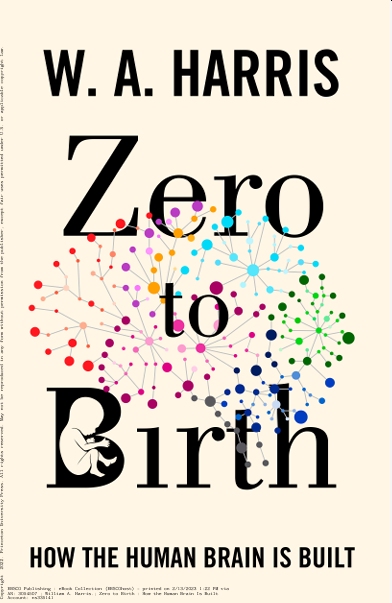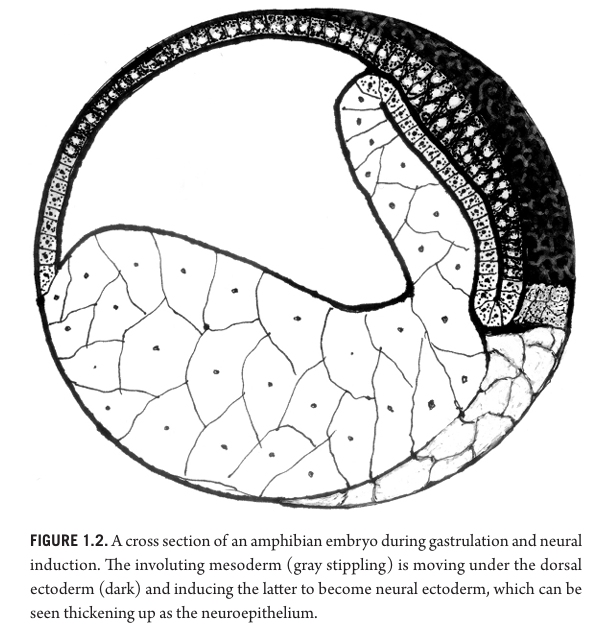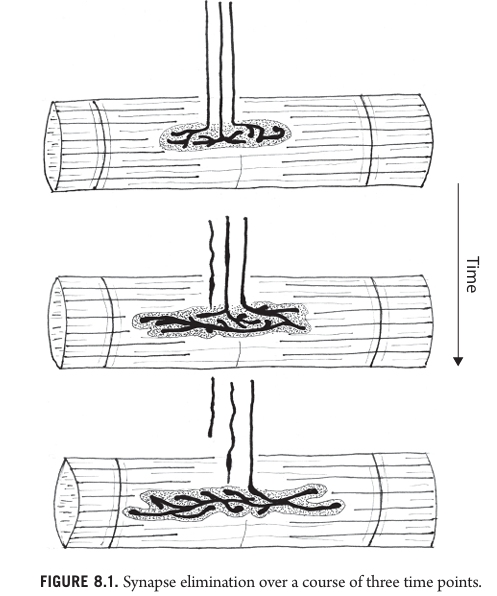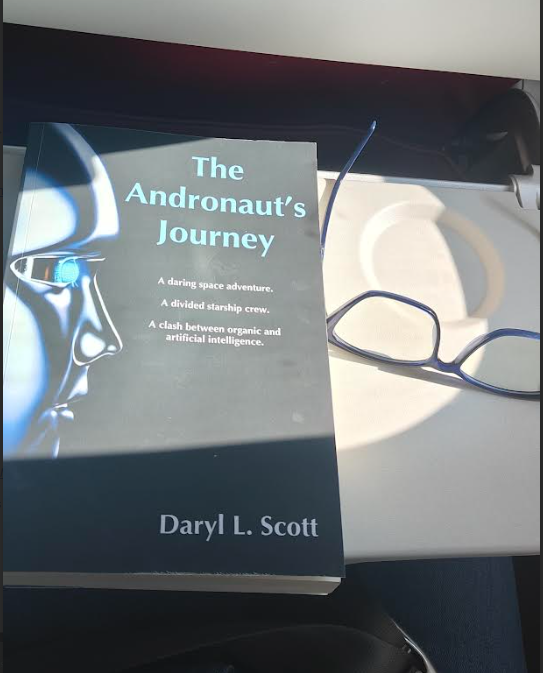
If you’re even a little bit curious about how a brain builds itself before we’re born, Zero to Birth: How The Human Brain Is Built is a book you’ll want to spend time with. It was first published in 2022 and is written by neuroscientist William A. Harris. What makes it so compelling is how clearly it lays out the stages of brain development without dumbing things down.
Harris starts with a fertilized egg, just one cell, and tracks how that single point of life becomes a functioning human brain by the time we’re born. The science is solid, but what makes it readable is the pacing: he keeps things moving without getting bogged down in jargon, using analogies that actually help. One of my favorites compared the early brain to a city laying down streets, some are temporary detours, others become major highways.
The science is solid, but it’s also readable
There’s definitely a lot of biology here like stem cells, neuron pathways, apoptosis (that’s the brain killing off extra cells it doesn’t need) but it never feels like a textbook. I read it in short bursts and kept thinking, “So that’s why our brains are wired the way they are”.

For example, he explains how your brain starts forming a structure just weeks after conception, and by the time you’re halfway through pregnancy, it’s already busy making trillions of connections. But not all of them stick around. The brain actually cuts some of them loose, kind of like pruning branches off a tree to help it grow stronger in the right direction. That part really stuck with me.
I remember reading that and thinking about how many things in life work the same way, we start out casting a wide net, and then over time, we refine. Friendships, interests, even careers. It’s not always about adding more; sometimes growth means letting go of what doesn’t fit. Turns out, our brains figured that out long before we did.
Genetics starts the process but the environment fine-tunes it
One theme that comes up a lot is how much of brain development is built into our genes and how much is shaped by what we experience. I used to think most of the brain was “preloaded” before birth, but Harris explains that even in the womb, the environment matters. Things like light, sound, even stress hormones can tweak how the brain develops.
What really got me thinking was the idea that the womb isn’t this silent, sealed-off space rather it’s more like a softly lit room with muffled sound and subtle messages. The brain isn’t just following instructions from DNA; it’s already listening. That changes the way I think about early development. It’s not just biology, it’s interaction.
Later in the book, he gets into brain plasticity, which is the brain’s way of adjusting to the world around it. What we see, hear, and feel early on helps shape how our brain builds itself. It made me think about those early years of a child’s life, and why they’re such a big deal for things like learning language or picking up social cues.
Evolution comes up in a really useful way
I liked the parts where Harris brings in evolution not just as a “humans evolved, the end” kind of thing, but to show how our brain’s development echoes earlier forms of life. At one point, he compares our embryonic brain to those of other animals. It’s not just a fun fact, it actually helps explain why our brains are built the way they are.
This isn’t just a book about cells and genes. It’s about the strange and beautiful logic behind how the brain takes shape, and how much of it happens before we’re even conscious. It made me think differently about development not as a straight line, but as a branching process, full of decisions, edits, and responses to the environment.
It also made me think about how each of us starts from the same basic blueprint, but still ends up with a completely unique mind. The brain’s development isn’t just mechanical, it’s personal. Every twist in the path is shaped by a mix of inherited code and lived experience, even before we’ve lived very much at all. That’s kind of amazing, and honestly, a little humbling.

Some insights from the book that really stood out:
- The brain starts out as a simple tube.
It’s kind of surreal, but our entire central nervous system begins as a little folded neural tube. Within weeks, this structure starts laying the groundwork for the brain and already, some cells know their fate. - Not all neurons make the cut.
The brain overproduces neurons early on, and then selectively deletes the extras through a process called apoptosis. It’s not wasteful, it’s precision work, like editing a draft until the structure is just right. - Connections begin forming before we’re born.
Synapses, the tiny connections between neurons, are being built in the womb. But it doesn’t stop there, after birth, the number of connections explodes. It’s like the brain is wiring itself based on incoming signals, adjusting in real time. - Plasticity is a core feature, not a bonus.
Harris shows that the brain is constantly adapting, even in utero. That adaptability, its plasticity, is what allows humans to fine-tune to our surroundings. It’s not a fallback plan; it’s the system working as designed. - The womb is not a sensory void.
Light, sound, even stress hormones make their way in. The fetal brain is already responding to the outside world in subtle but meaningful ways. That made me rethink what “learning” actually means, it might start earlier than we thought. - We share a lot with other animals.
The book draws comparisons to frogs, mice, and zebrafish. At first I thought, “Why are we talking about frogs?” But these comparisons show how certain aspects of brain development have been conserved across evolution. It gives the story a kind of continuity that’s both humbling and fascinating. - We can now see brain development happening.
With tools like fetal fMRI, researchers can literally watch brain regions activate during development. This tech is still new, but it’s already shifting how we think about when things like perception and response begin.

Takeaway
What I appreciated most about Zero to Birth is that it doesn’t try to force wonder, it just lets the science speak for itself. The result is a book that’s quietly awe-inspiring. Whether you’re coming at it from a science background or just a deep curiosity about how humans come to be, there’s a lot here to explore.
For me, it felt a bit like watching time-lapse footage of a forest growing. You start with a bare patch of ground, and then, almost before you realize it, roots, branches, whole ecosystems start forming. It’s quiet, but it’s full of life. That’s what this book is like.



